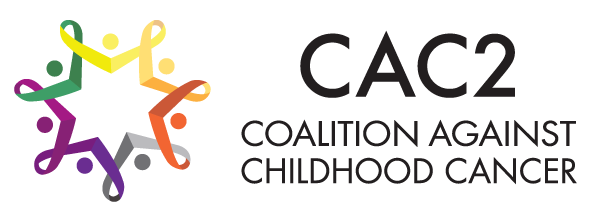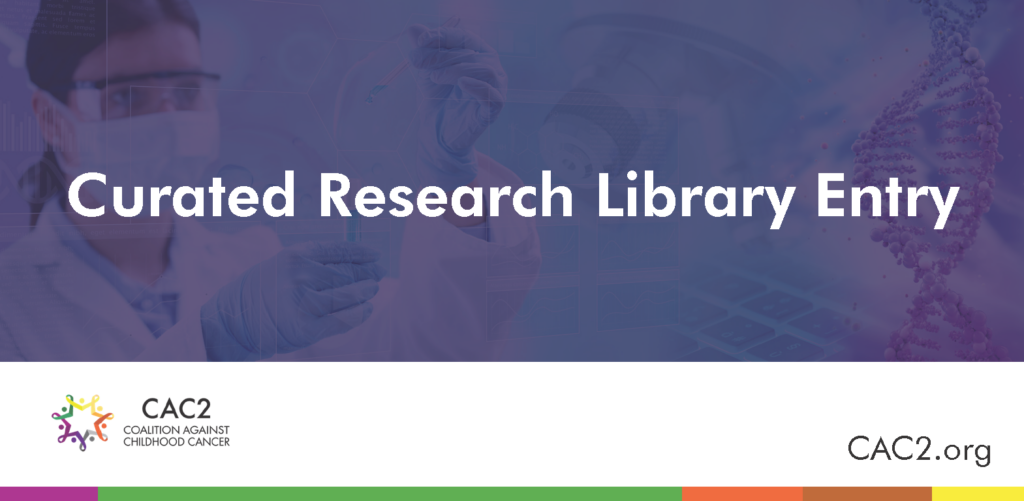CAC2 Research Explained
CAC2 members and guests who are also professionals in the field of childhood cancer research find and curate important work and provide pointers and explanations for our general membership. CAC2 Member Laurie Orloski, PharmD, found and curated the article in the link below:
https://psmag.com/social-justice/gene-therapy-no-longer-pipe-dream
- It is well appreciated that cancer is a disease of the human genome, arising from alterations in DNA.
- In 2017, the US FDA granted its very first regulatory approval of a gene therapy, specifically for the treatment of pediatric and young adult B-cell acute lymphoblastic leukemia: anti-CD19 chimeric antigen receptor (CAR) T-cell immunotherapy (tisagenlecleucel, Kymirah®).o By the end of the year, 2 other gene therapies were likewise granted FDA approval, another anti-CD19 CAR T-cell product for adults with non-Hodgkin lymphoma and a different type of gene therapy for children and adults with congenital blindness.
- Moving forward, it will be important for the childhood cancer community to keep an eye on the broad and rapidly evolving field of gene therapy, as advances in one type of disease (cancer or otherwise) can in turn fuel discoveries in other disease settings where the same gene or a similar one may be implicated.
- The article at the link provides a concise yet broad and informative overview on the past and present of gene therapy and its very promising future, noting that “The United States federal database of clinical trials lists more than 300 ongoing gene therapy trials, and another 800 that are currently enrolling patients. The diseases covered by these trials range from rare genetic diseases to congestive heart failure, cancer, and HIV. While it’s important not to over- hype the current state of gene therapy—many of the remarkable successes reported in the past year come from small, preliminary trials—the state of the field has clearly changed, and other FDA-approved gene therapies are sure to follow the first three. We can be confident in this because, once a particular gene therapy works for one disease, it shouldn’t require many changes to apply that therapy to similar diseases.”



